ENVIRONMENTAL ATLAS HAMBURG
Environmental Atlas is a
collection of articles of
environmentalist groups at
Hamburg, offered in an uniform
format of text and maps. Its first
edition appeared 1992, edited by
"Foerderverein Umweltschutz
Unterelbe", an independent
environmental library. In 1997 an
internet version was launched,
which at the time is prepared to
appear under its own URL:
www.umweltatlas-hamburg.de
4.1
Norddeutsche Affinerie
bottom
History
Streetnames like "Copper Mill
Way" give hints to the
Hamburgian tradition of copper
trade and copper processing. When
Hamburgian ships began to sail
tropical seas, the vessels' hulls
were plated with copper sheet, to
protect them against fouling.
Public buildings, churches, and
merchant buildings often got a
copper roof because of its
durability.
The precedent of Norddeutsche
Affinerie was a gold and silver
smelter, operated by Salomon Beit.
A fire in the year 1780 is noticed
on the city's record. Beit's
heritage was expanded, to include
copper smelting in 1846, and the
factory relocated from the city to
the opposite bank of the river
Elbe. The new factory "Elbe
Copper Works" was permitted
by the Hamburgian authorities
under the condition, to dilute the
smelter smoke through an 85 m
chimney, the tallest of its time
in Germany. Smelter smoke was
known as hazardous because of its
arsenic content. After going
bankrupt, the company was
resurrected, changing its name to
"Norddeutsche Affinerie"
in 1866. The word
"Affinery" signifies,
that the utility does not merely
produce raw copper, but purifies
it and applies a variety of
metallurgical processes. The
factory was relocated again in
1908, to the most remote eastern
corner of the Hamburgian harbour
at that time, where it remained
till today. Chimneys grew taller.
The company today
In 1998 2,200 workers produced
365,000 tons of copper. 245,000 t
came from copper ore concentrate,
120,000 t from scrap. 500,000 t
sulfuric acid are an inevitable
byproduct, when sulfidic ores are
roasted. Gold, silver, and minor
quantities of platinum metals,
that accompany ores and scrap, are
recovered from the electrolytic
purification of raw copper, and
yielded 17 t gold and 370 t
silver. Sales in 1998 reached US$
1.25 billion, the net profit paid
to shareholders was US$ 26 mill.
100 Mio m3 of surface water,
mainly for cooling, taken from the
river Elbe, and an area of 50
hectares, indicate the size of
industrial operation of that
company. 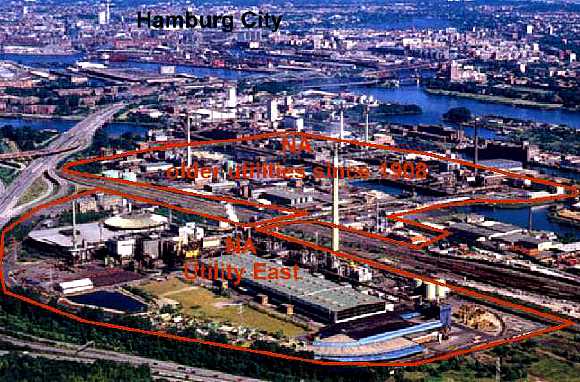
Impact to Environment
In the course of decades, Affi
applied a large variety of
production schemes. Because of
their skill to recover valuables
from scrap, Affi people called it
"the metallurgical
ashtray". Besides the bulk of
copper and its byproducts, various
smaller production lines left
their footprints to enviroment, to
air, water, and soil. 15 years
ago, 50,000 tons/year of lead were
part of Affi's offers.
The largest weight of emissions
has been, and still is,
sulfurdioxide from the roasting of
coppersulfide ores. When roasting
gas has passed the sulfuric acid
assembly line, 1,500 tons/year of
SO2 leave the chimneys today. 15
years ago, efficiency of this
device was poor, so more than
3,000 tons/year were emitted.
Sulfurdioxide forms acid rain,
that detoriates trees, buildings,
and even copper sheet roofs.
Various trace metals accompany
copper ores. Some are recovered
completely, like silver and gold,
but some are not worth the effort.
Thus lead, cadmium, and arsenic
were discharged to water and air
in considerable quantities.
The "Environment
Protection Group
Physics/Geosciences",
abbreviated the "Geos"
(wantoks of "Save the
Elbe") conducted a large
research program of metals
contamination in the Hamburgian
harbour from 1978 till 1981. As
students at Hamburg University,
they had access to analytical
laboratories. A small channel in
the Hamburg harbour systems was
the first target of Affi's
discharges. There, the Geos found
the typical residues of Affi's in
the sediments. Concentrations are
displayed as 10fold units (copper
20fold) of standard background of
unaffected sediments. Some
concentrations reach the level of
ore deposits.
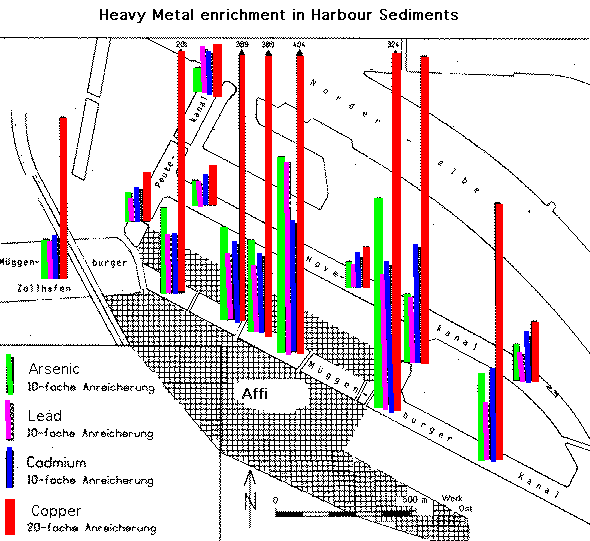
By numerous publications
of the Geos, the problem was
brought to knowledge of the
public, and even to Hamburgian
authorities. First, the Geos were
blamed, to work not scientifically
sound. Then, the Department of
Buildings and the Department of
Environment ordered their labs, to
investigate the contamination of
soils throughout the state area.
The result was frustrating,
because the findings of the Geos
were more than confirmed.
Following the dominating direction
of wind, highest concentrations of
arsenic and copper were found in
soils. It seemed not advisory, to
grow certain crop, that accumulate
copper and arsenic, in an area
northeast of Affi. However,
authorities tried to keep their
findings secret. But the news
leached to the leftist newpaper
"die tageszeitung", that
launched an extra edition titled
"Deadly Threat by Northgerman
Affinery".
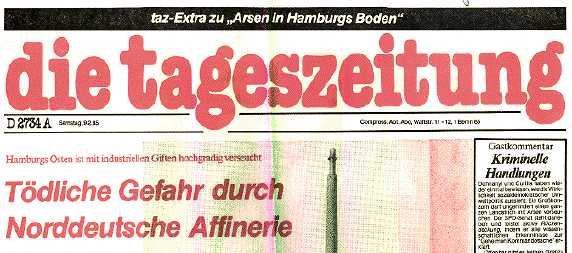
Solid waste is formed
from exhaust gas purification, and
slags. Exhaust gas scrubbers have
the purpose to remove
sulfuroxides, and preciptitating
this by addition of lime. Trace
contminants like arsenic are
removed, too. The resulting sludge
of former years was disposed on an
area, where now utility east has
been built. Affi is founded firmly
on its own toxic waste, which
means, it will remain there, and
possibly spoil ground water,
because it cannot be transferred
to a safe place. Slags, iron
silicates with traces of copper
and its companions, are turned
from waste to products, that may
be sold. Slag stones serve to fix
river banks, because of their high
specific weight. Organisms like
algae and hydrae, that grow on
slag stones, show significant
aberrations.
It's all legal
Any operation of a company has to
be permitted by state authority.
So does Affi. Any permit, given
long time ago, will last till more
stringent law will require better
performance. However: new
legislation must not lead to
economically undue restrictions of
utilities, that already exist and
are permitted. When federal
goverment and parliament imposed
more stringent laws on emissions
from utilities, Affi and most
Hamburgian companies rejected the
orders of the Environmental
Department. It took negotiations,
to move companies to improve
environmental performance. Affi
was subsidized with US$ 20 million
by state government, to refurbish
its plant.
Control of permits is poor.
Through 50 pipes waste water is
discharged. From only few of them,
samples are taken by the
Environmental Department. 15 times
a year, for two hours, waste water
is sampled, which means 30 hours
of 8760 hours of the year.
Sampling occurs stochastically,
but not at night nor on sunday,
and is not correlated to the state
of production process. Discharge
values published by the
Environmental Department. are by
no means reliable or
representative. Emission to air
values depend on what the company
declares to the Environmental
Department, there is no
independent check.
Water quality control by the
Environmental Department. never
aimed at sources of contamination.
Till today, the measurements of
"Geos" come most close
to the discharges of Affi. The
Environmental Department. always
kept a distinguished distance to
any discharge pipe.
Never trust a company!
1988 people in Billstedt, a
quarter of Hamburg 8 km northeast
of Affi, frequently complained
about the smell of burned
plastics. The Environmental
Department knew no answer, but the
"Billstedt Environmental
Noses" followed the track,
that lead to one of Affi's
smelting ovens, were electronic
equipment scrap was added. Slowly
burning plastics, especially
polyvinylchlorides, do not only
produce bad odour, but highly
toxic byproducts like dioxins.
Confronted with this finding, the
Environmental Authority admitted,
they had given a preliminary
permit to Affi for a trial phase.
Affi had to stop its dirty
practice, applied for an unlimited
permit to burn electronic scrap in
a hotter and more modern furnace,
and finally got it. If not for the
"Noses", Affi would have
continued with the old device till
its technical breakdown.
Any company wants to make as
much profit as possible,
environment gone, money come.
State authorities are always
supportive to business. This
explains the need for control by
independent environmentalist
groups. May Affi declare to be the
most environmental friendly copper
smelter of the world, we will
check that first.
Klaus Baumgardt
Sources
- Umweltschutzgruppe
Physik/Geowissenschaften:
Gl”nzende Gesch”fte - Umwelt
hin, Geld her; (Environment
Protection Group
Physics/Geosciences: Bright
Business - Environment Gone,
Money Come) Hamburg 1985
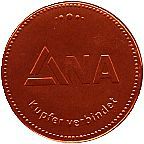 NA Business
Reports NA Business
Reports
.
top
 Index of Ok
Tedi pages Index of Ok
Tedi pages
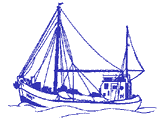 back to
Homepage back to
Homepage
|







 rettet-die-elbe.de
rettet-die-elbe.de
